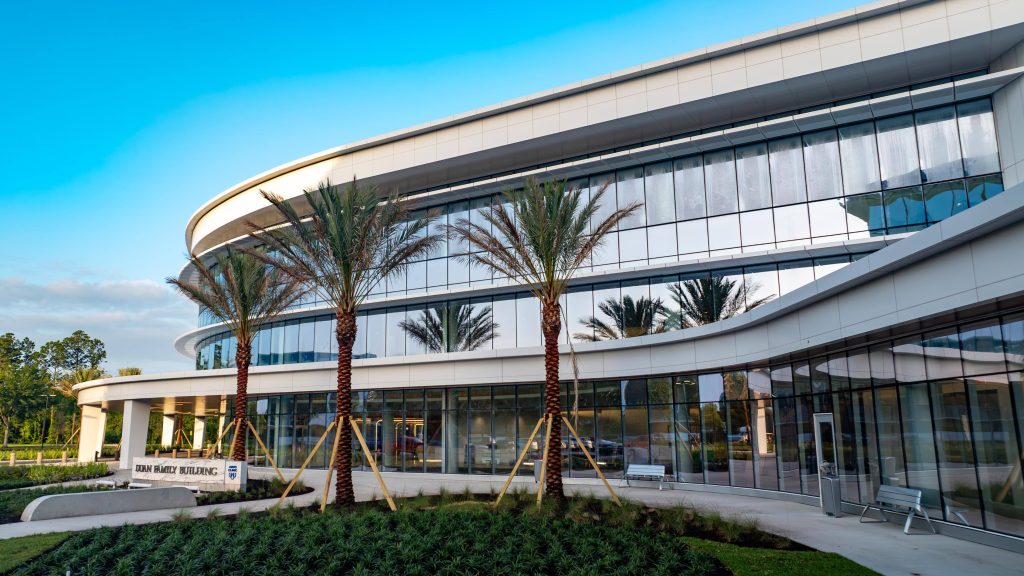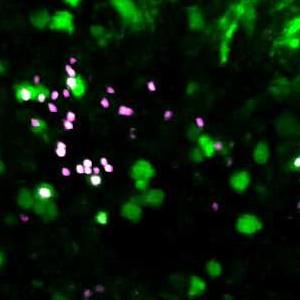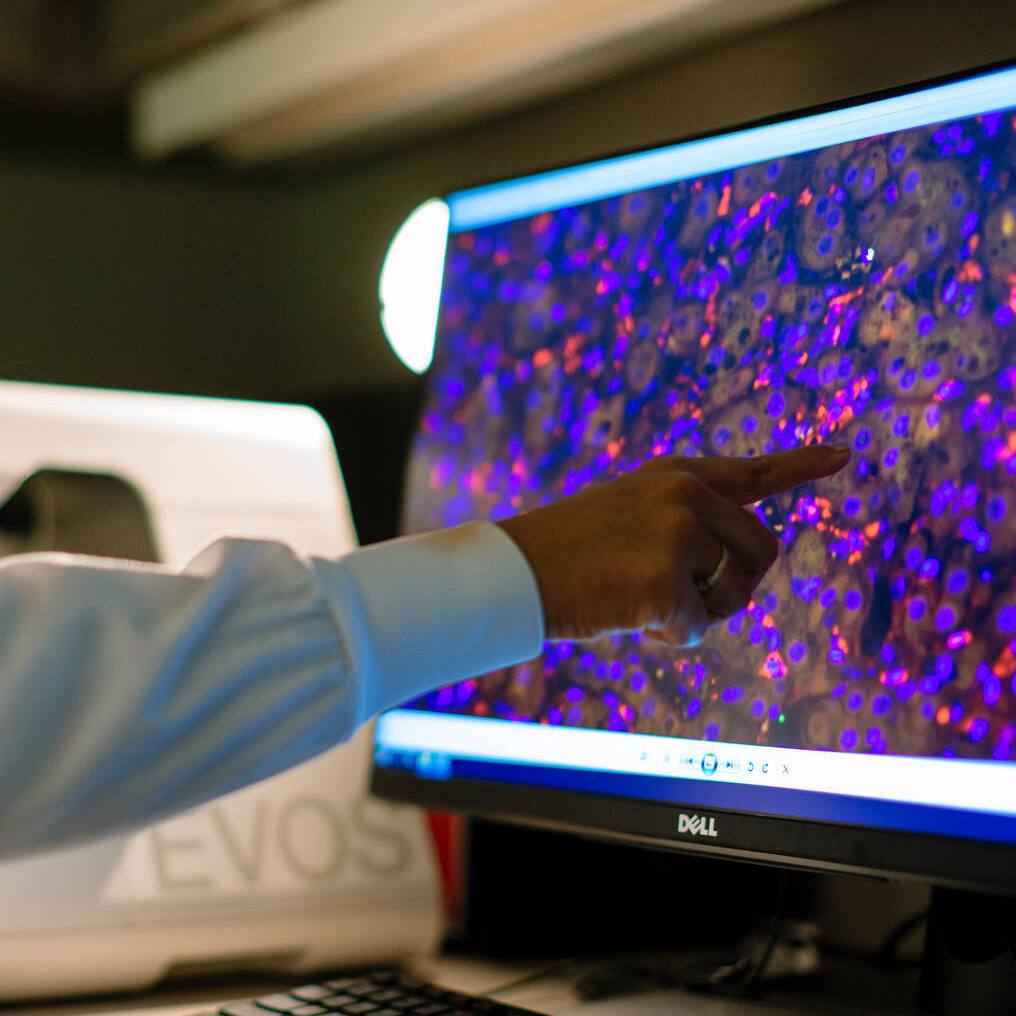
JACKSONVILLE, Fla. — In a bold step to transform cancer care, Mayo Clinic is bringing new hope for patients diagnosed with the most aggressive and treatment-resistant cancers. Today, Mayo Clinic opened the new 228,000-square-foot Duan Family Building at its Jacksonville, Florida location. The building will house the first carbon ion therapy program in the Americas, and advanced technology that can seamlessly deliver both carbon ions and protons to treat the same tumor.
"Carbon ion therapy and other heavy particle therapies are the advanced radiation therapies of our future," says Cheryl Willman, M.D., executive director, Mayo Clinic Comprehensive Cancer Center. "When battling our patients' complex, currently radioresistant cancers at Mayo Clinic, we need the advantage of these next-gen radiation tools, which can be fine-tuned to target and treat aggressive tumors while minimizing the impact to surrounding tissue."
As a leading National Cancer Institute-designated Comprehensive Cancer Center with locations in Florida, Minnesota and Arizona, Mayo Clinic is uniquely qualified to bring carbon ion therapy, as well as the dual carbon ion and proton treatment option, to the Americas.
"Mayo Clinic is building a better future where more cures are possible — giving new hope to patients with aggressive cancers," says Gianrico Farrugia, M.D., president and CEO of Mayo Clinic. "This is the latest demonstration of our commitment to patient-centered healthcare transformation through our Bold. Forward. strategy."
While treatment with carbon ion therapy is expected to begin in 2028 and proton therapy in 2027, the opening of the Duan Family Building marks a significant milestone. Beginning this summer, other cancer treatment options will be offered in the new building, including photon therapy, immunotherapy, chimeric antigen receptor-T cell therapy (CAR-T cell therapy) and more, along with sophisticated imaging technology.
"The emerging treatments that will be offered in the Duan Family Building, including carbon ion therapy, are an important part of the integrated cancer practice at Mayo Clinic, ensuring constant, research-driven innovation in the care we are providing to patients," says Kent Thielen, M.D., CEO of Mayo Clinic in Florida.
Mayo Clinic researchers, working with outside global experts, are also exploring the use of other heavy ions beyond carbon in clinical studies to evaluate their potential benefits in future cancer care.
This building and the advances in cancer care treatment technology housed within represent a significant investment, largely thanks to the generosity and vision of our benefactors.
Advancing radiation therapy
Many patients with cancer require radiation therapy during their treatment. Different forms of radiation therapy have varying biological impacts on cancer cells.
- Photon therapy: This is the most common form of radiation therapy, which uses X-rays or gamma rays — packets of light energy called photons — to treat cancer. Beams are directed at the tumor, preventing the cancer cells from growing or dividing.
- Proton beam therapy: This particle therapy directs a precise dose of positively charged particles (protons) at cancer cells, destroying their genetic material while minimizing the impact on surrounding, healthy cells. This is especially beneficial for treating tumors near vital organs and cancer in children.
- Carbon ion therapy: This heavy particle therapy delivers positively charged particles (carbon ions) that release their energy upon hitting the targeted cancerous tumor. The particles destroy cancer cells with very little damage to surrounding tissue. It is particularly effective against cancer cells that are resistant to other forms of radiation.
Advances in radiation therapies, such as carbon ion and dual modality treatments of proton beam and carbon ion, enable clinicians to create highly individualized, precise and effective treatments, ultimately bringing more cures to patients.
How radiation therapies work
In 2019, Mayo Clinic and technology innovator Hitachi began working together to bring carbon ion therapy to the Americas. While carbon ion therapy was discovered in the United States in the 1970s, the technology has only been available for clinical care at a handful of centers in Asia and Europe.
###
About Mayo Clinic
Mayo Clinic is a nonprofit organization committed to innovation in clinical practice, education, and research, and providing compassion, expertise and answers to everyone who needs healing. Visit the Mayo Clinic News Network for additional Mayo Clinic news.
Media contact:
- Tia R. Ford, Mayo Clinic Communications, newsbureau@mayo.edu
Media kit:







